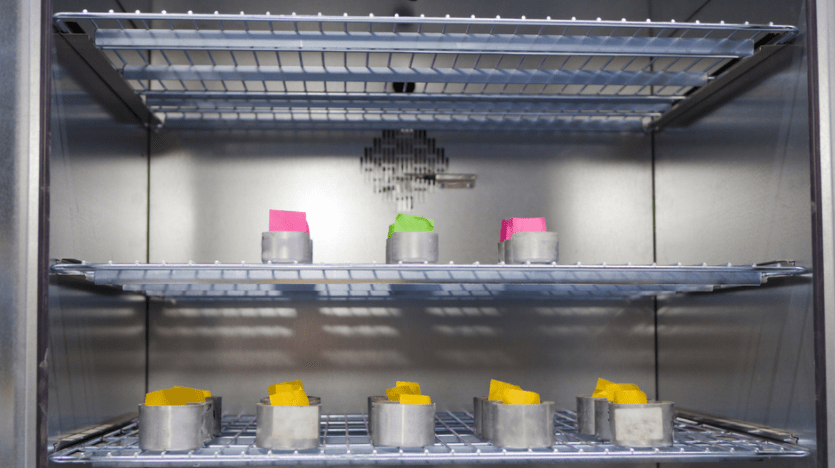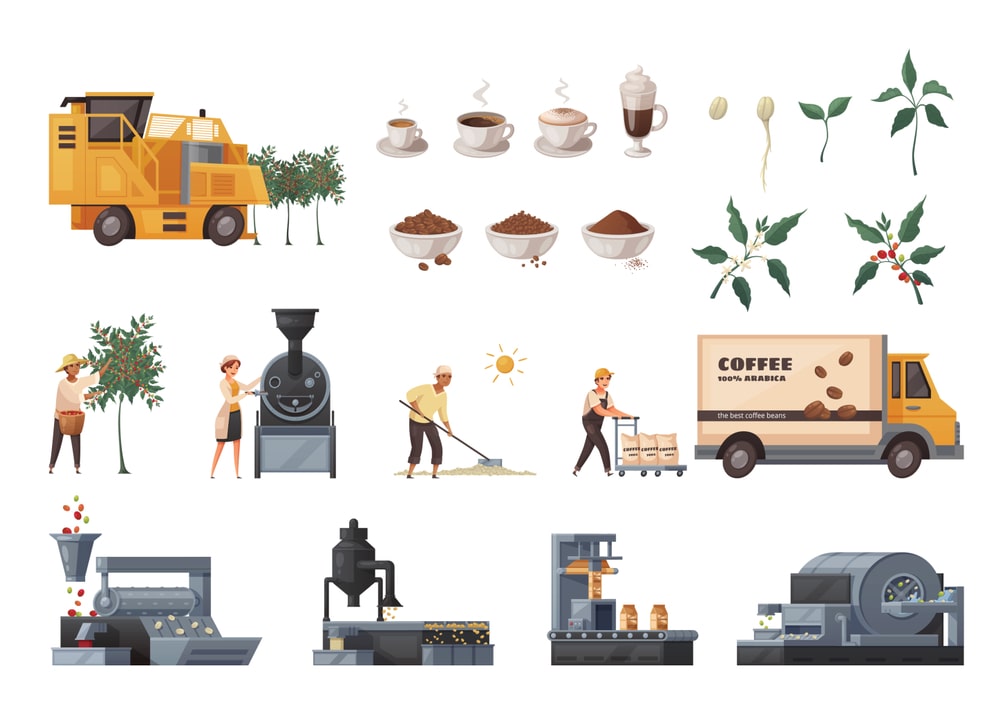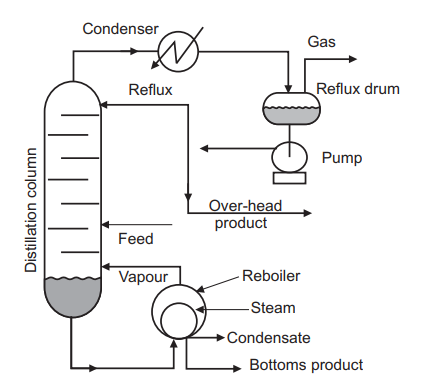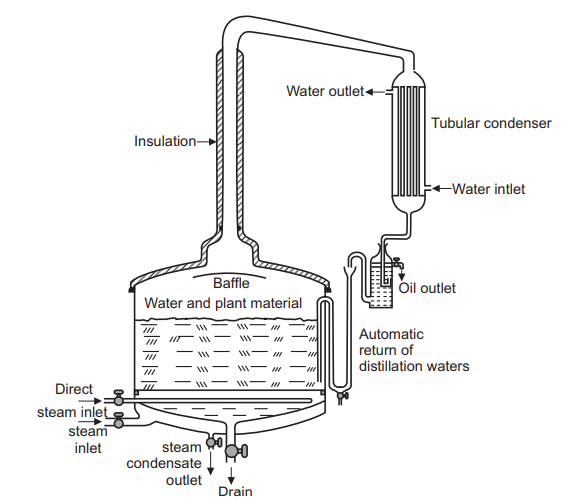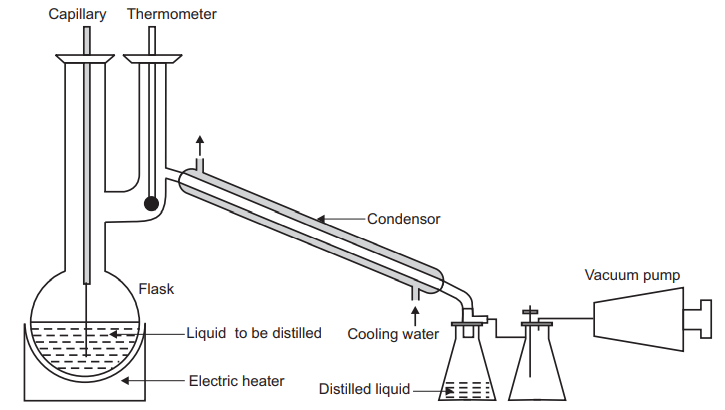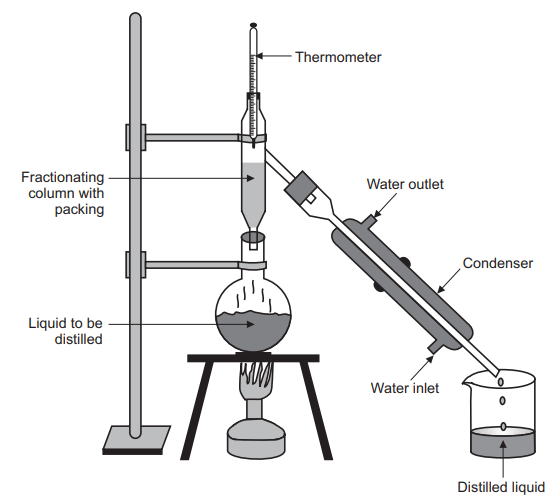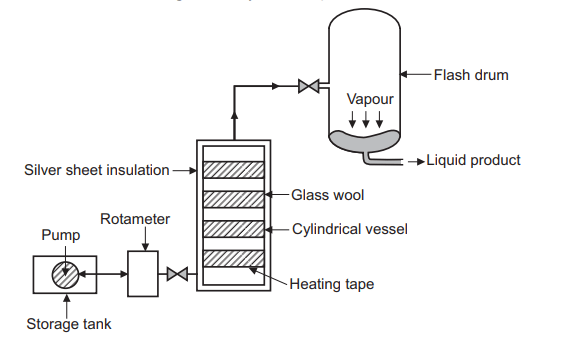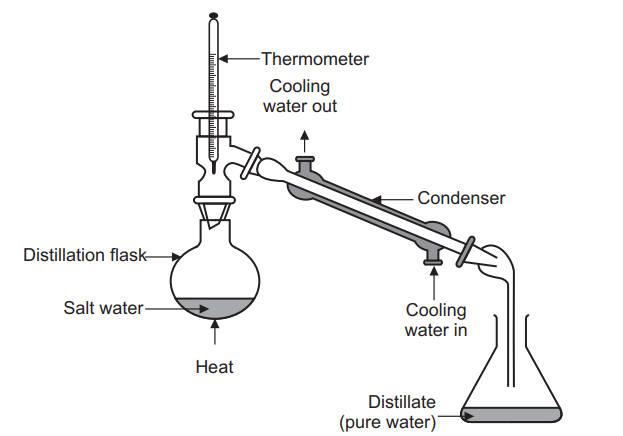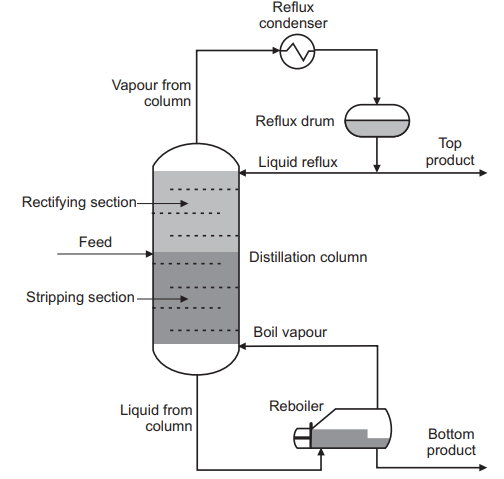Applications of Moisture Content Determination
Accurate percent moisture content is essential for maintaining the stability of drug products. If a product is too moist or too dry, it may not be suitable to be administered and will not exert the desired therapeutic effect. Most of pharmaceutical products contain moisture. The percent moisture content is seldom of interest. Rather, it shows … Read more
